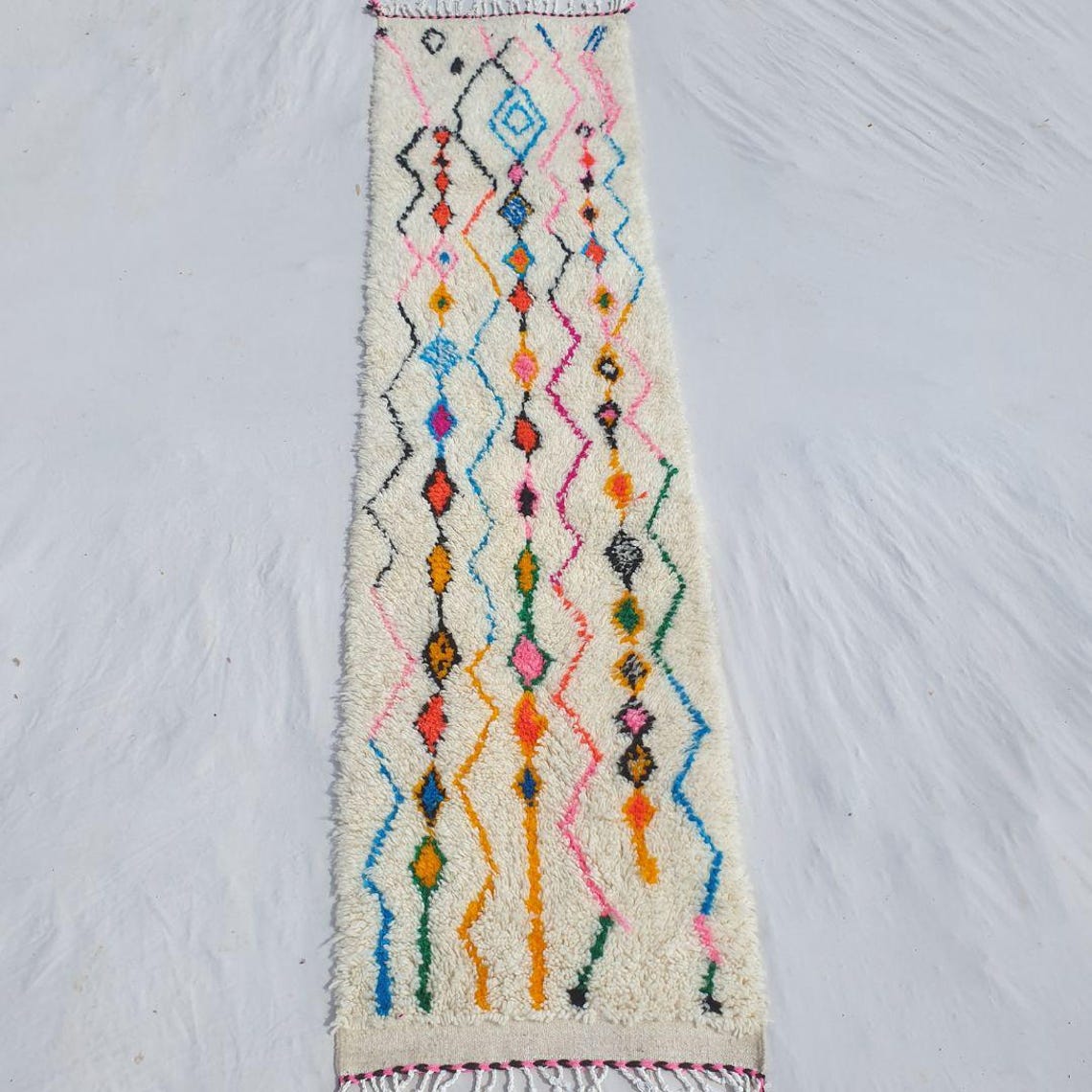In the bustling chaos of our daily lives, finding moments of stillness and introspection can seem like a daunting task. Our minds are often consumed with endless to-do lists, deadlines, and distractions, while our bodies bear the physical toll of stress and tension. In the midst of this turmoil, the practice of Pilates emerges as a sanctuary—a space where we can quiet the noise of the outside world and reconnect with ourselves on a deeper level. At its core, Pilates is not just a form of exercise; it is a journey of mindful movement—a practice that invites us to cultivate a deeper awareness of our bodies and minds, unlocking the power within to heal, transform, and thrive.
Central to the philosophy of Pilates is the concept of mindfulness—a state of focused attention and present-moment awareness. In 土瓜灣健身 Pilates, mindfulness is not just a byproduct of the practice; it is an integral component that informs every movement, breath, and sensation. As we engage in the precise and controlled movements of Pilates, we are encouraged to bring our full awareness to the task at hand, tuning in to the subtle nuances of our bodies and the sensations they evoke. Through this process of mindful movement, we learn to inhabit our bodies more fully, cultivating a deeper sense of connection and presence that extends into every aspect of our lives.
One of the key principles of Pilates is alignment—a concept that refers to the optimal positioning of the body to promote efficient movement and prevent injury. In Pilates, alignment is not simply about achieving a perfect posture; it is about finding balance and symmetry within the body, allowing for greater ease of movement and improved functionality. Through a series of exercises that focus on core strength, flexibility, and stability, Pilates works to realign the body, correcting imbalances and restoring harmony to the musculoskeletal system. As we develop a deeper understanding of our own alignment, we become more attuned to the subtle cues and signals that our bodies send us, allowing us to move with greater precision and grace.
Breath is another fundamental aspect of Pilates practice—a tool that serves as a bridge between the body and mind, uniting them in a seamless flow of movement and awareness. In Pilates, breath is regarded as the life force that fuels our movements, providing the energy and vitality needed to sustain our practice. By coordinating breath with movement, we learn to synchronize our actions with the rhythm of our breath, creating a sense of fluidity and ease in our practice. Through conscious breathing, we are able to release tension and stress from the body, fostering a deep sense of relaxation and well-being. As we harness the power of breath in our Pilates practice, we discover that it is not just a physiological function, but a pathway to greater self-awareness and inner peace.
One of the unique aspects of Pilates is its emphasis on core strength and stability. In Pilates, the core is regarded as the powerhouse of the body—the foundation from which all movement originates. Through a series of exercises that target the muscles of the abdomen, pelvis, and lower back, Pilates works to strengthen and stabilize the core, improving posture, balance, and overall body alignment. As we develop greater core strength, we are able to move more efficiently and effectively, reducing the risk of injury and enhancing performance in all areas of life. Moreover, a strong core provides a sense of stability and support that extends beyond the physical realm, empowering us to navigate life’s challenges with confidence and resilience.
Beyond its physical benefits, Pilates offers a wealth of mental and emotional rewards. In today’s fast-paced world, where stress and anxiety are rampant, Pilates provides a much-needed refuge—a space where we can quiet the chatter of our minds and reconnect with our inner selves. Through the focused attention required in Pilates practice, we learn to cultivate a sense of mindfulness, bringing our awareness fully into the present moment. As we let go of distractions and worries, we create space for clarity, creativity, and self-reflection to emerge. In this way, Pilates becomes a form of moving meditation—a practice that nourishes not only the body but also the soul.
Moreover, Pilates has a unique ability to foster a sense of community and connection among its practitioners. Unlike traditional gym settings, where individuals often work out in isolation, Pilates studios offer a supportive and inclusive environment where people can come together to share their passion for movement and wellness. Whether attending group classes or private sessions, Pilates provides an opportunity to connect with like-minded individuals, forming bonds that extend beyond the studio walls. In this shared journey of growth and self-improvement, we find strength in community, drawing inspiration from those around us as we strive towards our common goals.
As we embark on the journey of Pilates mastery, we are reminded that the true power lies not in the perfection of our movements, but in the willingness to embrace the process of growth and self-discovery. In Pilates, there are no shortcuts or quick fixes—only the commitment to showing up, day after day, with an open heart and a willingness to learn. Through the challenges and triumphs of our practice, we come to realize that the power to transform ourselves lies within each of us, waiting to be unlocked. With dedication, patience, and perseverance, we can harness this power to create positive change in our bodies, our minds, and our lives. In the end, Pilates is not just a workout—it is a journey of self-empowerment and transformation, leading us towards a deeper understanding of ourselves and the world around us.
